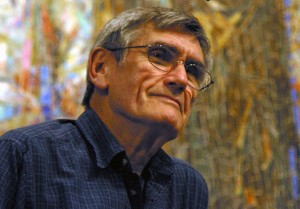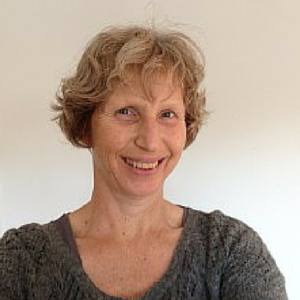Photo: Kirk Crippens
 I am typing this while listening in on a memory circle—a conference call joined by people all over the planet to memorialize Marshall Rosenberg, the late founder of Nonviolent Communication (NVC). Marshall passed from this life last weekend. I knew him best from the years he taught regularly in the San Francisco Bay Area, showing advanced students and newcomers alike how to skillfully use language to reconnect with ourselves and others when in conflict or despair.
I am typing this while listening in on a memory circle—a conference call joined by people all over the planet to memorialize Marshall Rosenberg, the late founder of Nonviolent Communication (NVC). Marshall passed from this life last weekend. I knew him best from the years he taught regularly in the San Francisco Bay Area, showing advanced students and newcomers alike how to skillfully use language to reconnect with ourselves and others when in conflict or despair.
Marshall authored several books, including the highly popular Nonviolent Communication: A Language of Life. In 1984, he founded The Center for Nonviolent Communication, which has been instrumental in spreading NVC education. There are hundreds of NVC trainers and trainings around the globe, and people from near and far are calling in to share their memories, gratitude and grief. This call has been going nonstop for over 50 hours by now, indicating the worldwide impact Marshall had through his work. The call also goes to show some of the power of NVC for creating something we could call Beloved Community. (You can join the ongoing call here.)
From my current perspective of having worked with NVC and learning principled nonviolence at Metta Center, I would say that Marshall popularized and made the ancient wisdom of nonviolence more user-friendly. His vision for peace follows the model of swadeshi, or localism, where we act from within first, then our relationships, then society:
I would like us to create peace at three levels and have each of us to know how to do it. First, within ourselves. That is to know how we can be peaceful with ourselves when we’re less than perfect, for example. How we can learn from our limitations without blaming and punishing our self. If we can’t do that, I’m not too optimistic how we’re going to relate peacefully out in the world. Second, between people. Nonviolent Communication training shows people how to create peace within themselves and at the same time how to create connections with other people that allows compassionate giving to take place naturally. And third, in our social systems. To look out at the structures that we’ve created, the governmental structures and other structures, and to look at whether they support peaceful connections between us and if not, to transform those structures.
Marshall’s goal was to develop a practical process for interaction, one rooted in Gandhi’s theory and philosophy of ahimsa, the overflowing love that arises when ill-will, anger and hate subside from the heart. In the video below, he envisions a “critical mass” of “re-educated people”—people trained to see one another’s humanity and our interconnectedness so that “the needs of everyone on the planet” can be met, compassionately. May it be so.








